- »The Projectionist« Stockholm, 2022
- »Jazz Covers from the J.R. Plaza Archive« Berlin, 2020
- »La Desaparición« Stockholm, 2014
- »The Encyclopedia Of The Dead« Berlin, 2012
-
Iñaki Bonillas in conversation with Joana Hurtado Matheu: Watching from a crooked angle: A conversation with Iñaki Bonillas, Editorial Concreta, 2016
-
Thomas McDonough: Iñaki Bonillas, A Heap of Broken Images, 2012
-
Tom McDonough: Iñaki Bonillas, Artforum magazine, Nov 2010
-
Rubén Gallo: Iñaki Bonillas, Poliester Magazine, Verano 2000
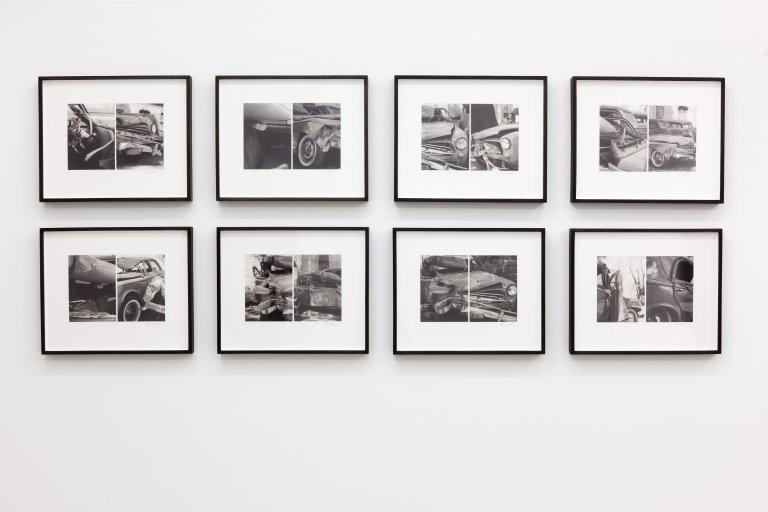
Theme and Variations, 2013, 8 monochrome engravings printed on Somerset 300 g, 44 x 36 cm each, Series #4 of 30
Iñaki Bonillas »La Desaparición«
Stockholm, April 05, 2014 - May 10, 2014
Iñaki Bonillas’s first solo exhibition in the Nordic countries takes as its theme the fragmentation and disappearance of the image. The title of the exhibition, La desaparición (the Disappearance), alludes to the way we receive and understand fragmented information filtered through a variety of media, from photography to text to drawing, in personal histories, interpretations and investigations.
Bonillas’s approach to photography deals with both its intrinsic semiotic qualities and material characteristics - its origins and implications. Throughout the exhibition, visual information is abstracted, re-constituted and re-investigated to test and stretch its semiotic potential.
In the monumental work, Long Day’s Journey into Night, Bonillas borrow’s the title of Eugene O’Neill’s celebrated masterwork (which had its world premier at Dramaten in Stockholm, 1956). In the 12 vertical strips, emulating the format of a Mexican billboard, the work follows the hours of the day, from morning to evening and from rural to urban landscape, using fragments of images taken from a photographic report issued by the Mexican state of Campeche in 1964.
The idea of photography as a counter-memory, a notion conceived by Roland Barthes to address photographs’ function as substitutes for memories, is addressed in the series The Rain Came Last. The work demonstrates that photography is itself vulnerable to disappearance and fading. Here older family images are partially revealed through dripped developing fluid in a process that simultaneously suggests their obscurity and inevitable disappearance.
The Fading of the Sun also exposes the demise of the image. Here, Bonillas continues his investigation of secondary subjects within the nature of private photography - figures in the background, marks in the periphery. Here a small detail of a sun-damaged family photograph is enlarged into a painterly large-scale print and the discolouration becomes the subject itself. The back side of the source photograph is presented in a second panel, on the reverse side of the wall.
Not all works deal with the photographic medium. In Thought Figures text reveals its own forms. A reader’s interpretation of a work of literature (here, Josefina Vicens’s The Empty Book) is revealed in the underlinings while the text itself is absent. Thought Figures suggests that the act of reading leaves traces, marks, not only on the reader, but on the text itself.
The Collector of Cracks is another work exploring the formal qualities of “left-over” traces. The thick orange emulsion used to conceal imperfections in the silkscreen acetates become “accidental” painting. Bonillas’s father’s original drawings on the acetates are no longer visible while the functional brushstrokes instead suggest gestural painting in the spirit of Henri Michaux.
Iñaki Bonillas was born in Mexico City, 1981. He is currently developing a work commissioned by Dia Artists’ Web Projects, New York. Already at a young age he exhibited in prestigious international exhibitions. In 2003 he participated in Utopia Station, Venice Biennial, Italy, curated by Molly Nesbit, Hans-Ulrich Obrist and Rirkrit Tiravanija and later that year at The Power Plant, Toronto, Canada. In 2012 he participated in Thirtieth Biennial of São Paulo, Brazil. Significant solo presentations include a major exhibition at La Virreina Centre de la Imatge, Barcelona, Spain in 2012 and at the MUHKA, Antwerp, Belgium (2003), Mies van Der Rohe Pavilion, Barcelona, Spain (2005).
Other selected group exhibition venues include Museum of Modern Art, Mexico City (2001, 2002), San Diego Museum of Art, California (2002), Fundacion Jumex, Mexico City (2002, 2004, 2005, 2006, 2008, 2009) Bard College, New York, and Prague Biennial, Czech Republic (2005), Claremont Museum of Art, California (2007), Hessenhuis-Middelheimmuseum, Antwerp, Belgium (2008), La Maison Rouge, Paris, France, and MUAC, Mexico City (2008), Little Theatre of Gestures, Kunstmuseum Basel, Switzerland; Malmö Konsthall, Sweden, Bard College, New York, Marian Goodman Gallery, Paris, France, MACBA, Barcelona, Spain (all 2009), MUSAC, León, Spain (2010), Museum of Contemporary Art, San Diego, California, FRAC Lorraine, Metz, France, and KUMU Art Museum, Tallin, Estonia (all 2011), Musée d'Art moderne de la Ville de Paris / ARC, France (2012), ASU Art Museum, Phoenix, Arizona, FRAC Île de France, Le Plateau, Paris, Fondation Cartier pour l’art contemporain, Paris, France (all 2013), Salzburger Kunstverein, Austria (2014).
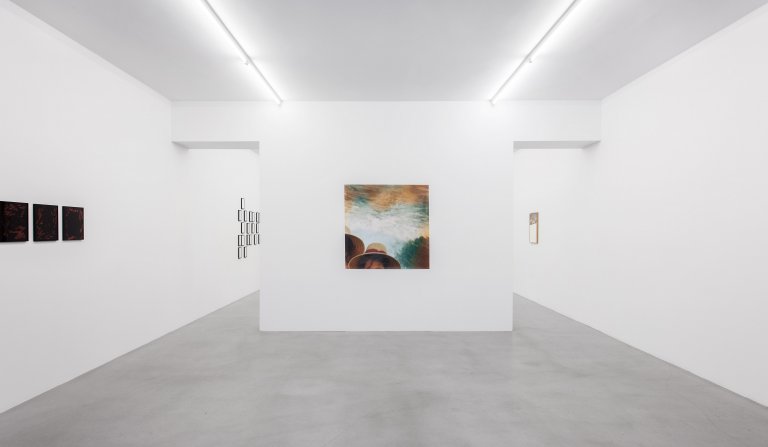
The Fading of the Sun, 2014, 2 c-prints on photographic paper, 120 x 120 cm
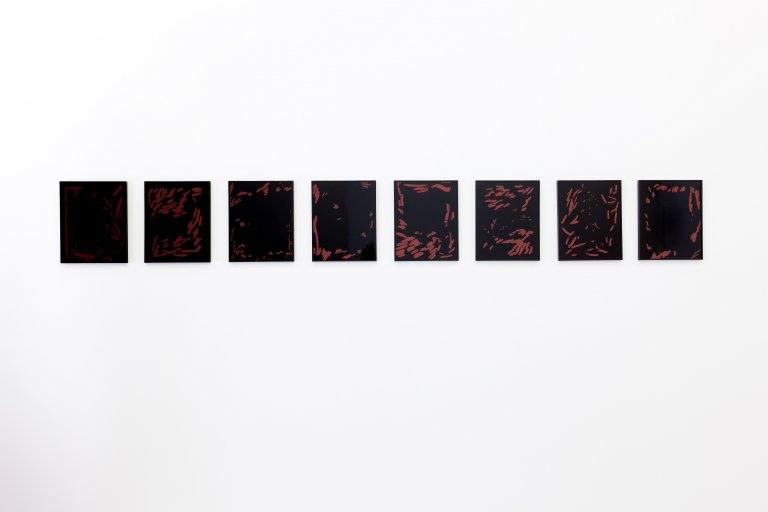
The Collector of Cracks, 2014, 8 silkscreen prints on duratrans, 31.5 x 25 cm each
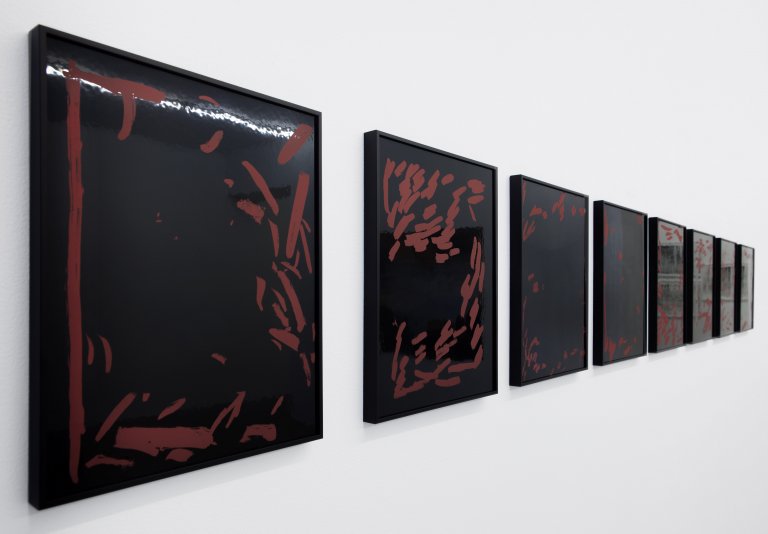
The Collector of Cracks, 2014, detail
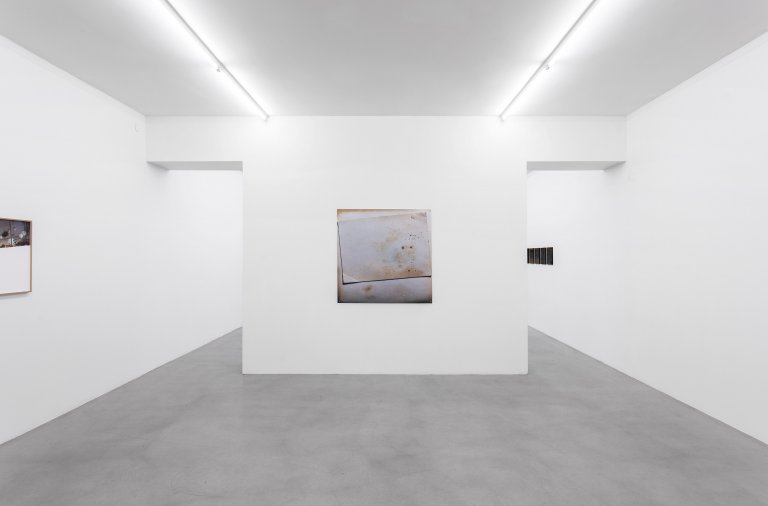
The Fading of the Sun, 2014, 2 c-prints on photographic paper, 120 x 120 cm
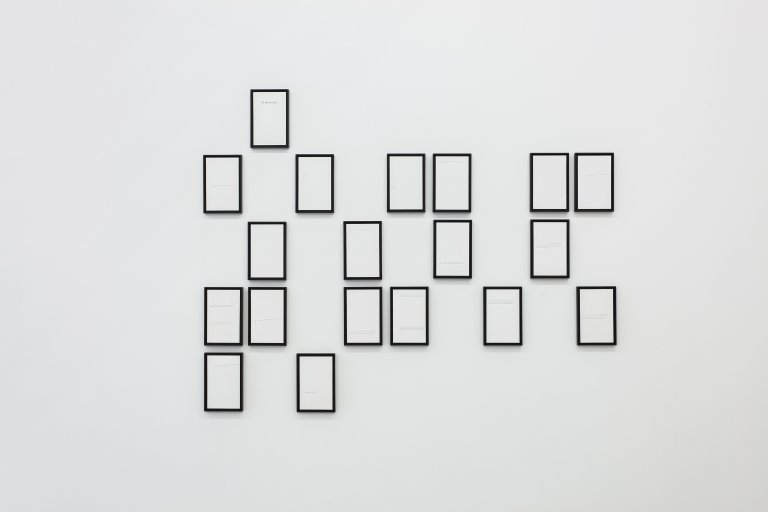
Figuras del pensar: El libro vacío (Thought Figures: The Empty Book), 2013, 19 ink-jet prints on cotton paper, 21 x 13 cm
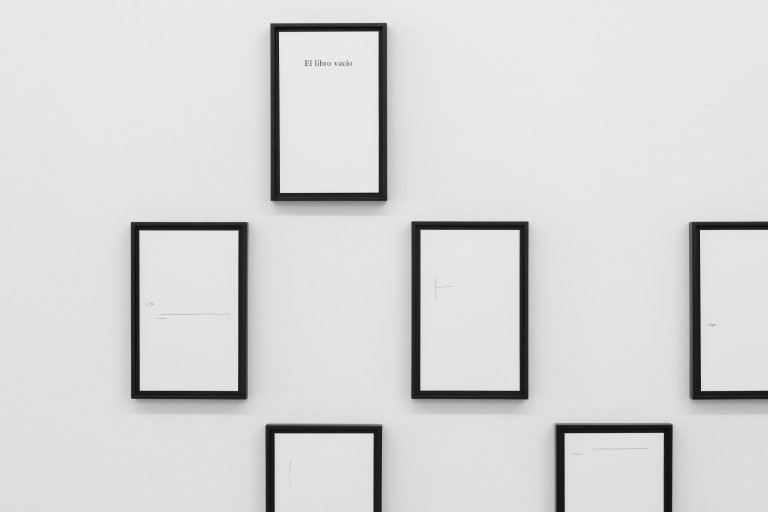
Figuras del pensar: El libro vacío (Thought Figures: The Empty Book), 2013, detail
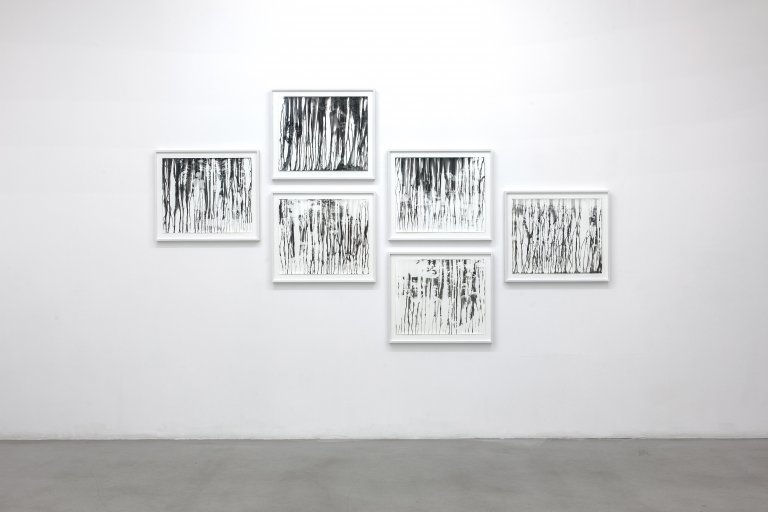
The Rain Came Last, 2013, 6 silver gelatin prints, each 50.8 x 60 cm
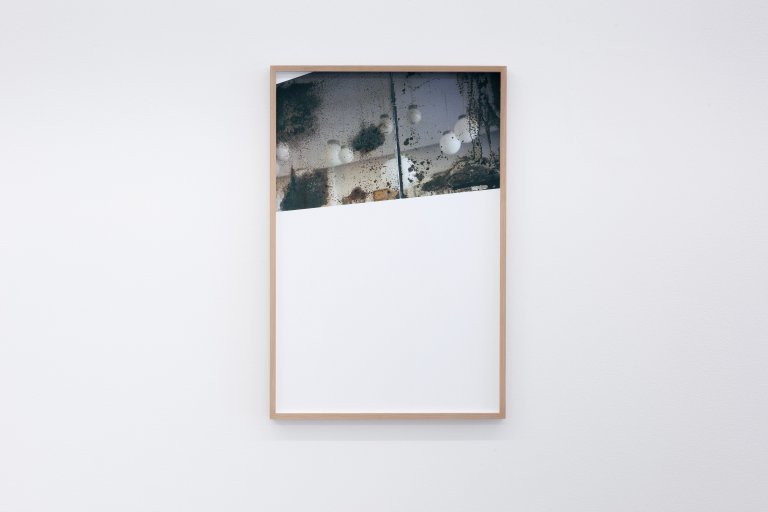
Las ideas del espejo: visiones de Tánger (The Mirror's Ideas: Visions of Tanger), 2014, ink-jet print on cotton paper, 60 x 39.5 cm
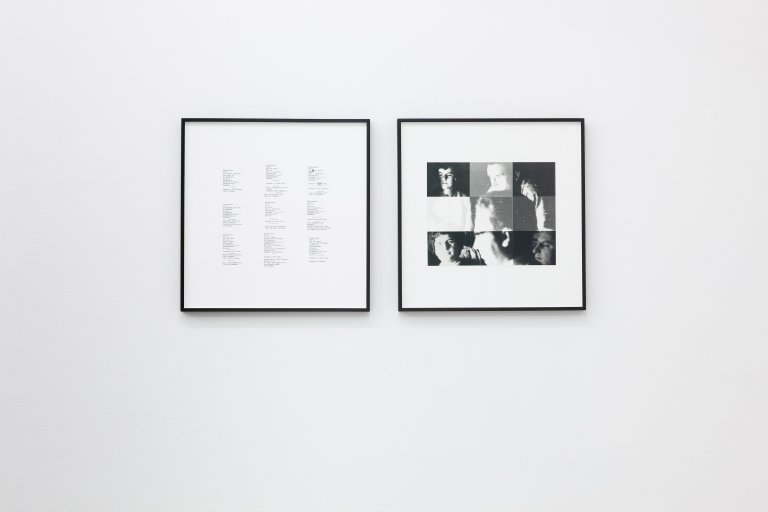
Ensayos de revelado, 2012, 9 silver gelatin prints, 9.6 x 12 cm each, 1 ink-jet print on cotton paper, 52.5 x 51 cm
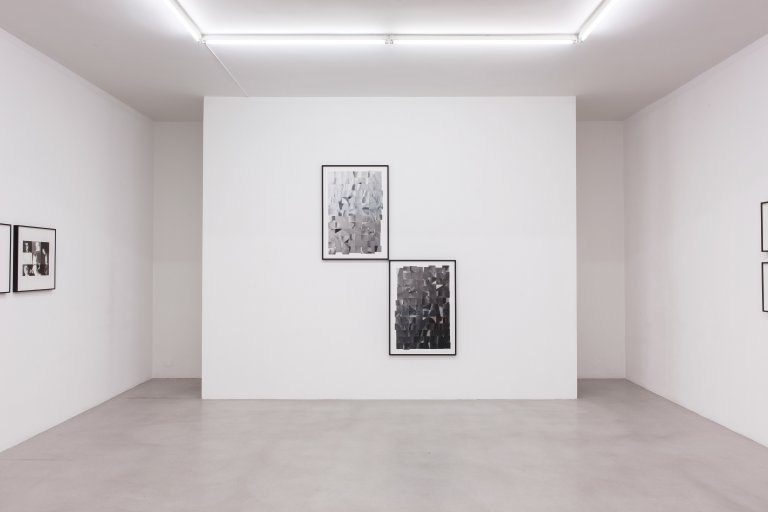
Double Chiaroscuro II, 2008, 2 ink-jet prints on cotton paper, 100 x 70 cm
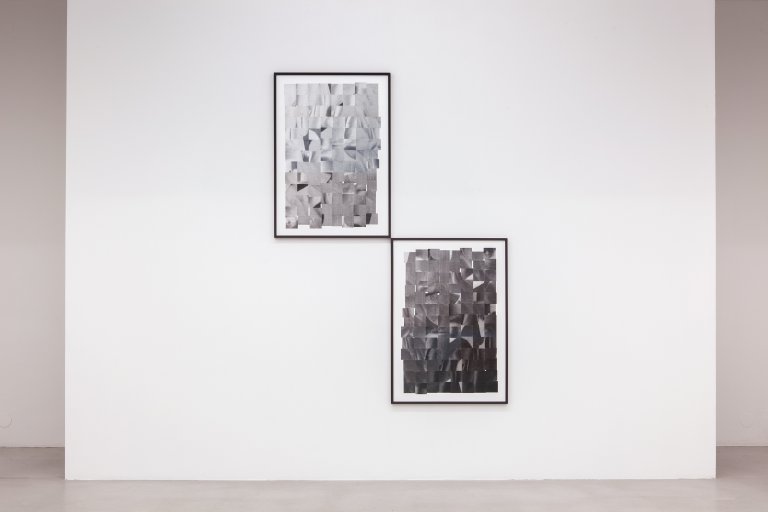
Double Chiaroscuro II, 2008, 2 ink-jet prints on cotton paper, 100 x 70 cm
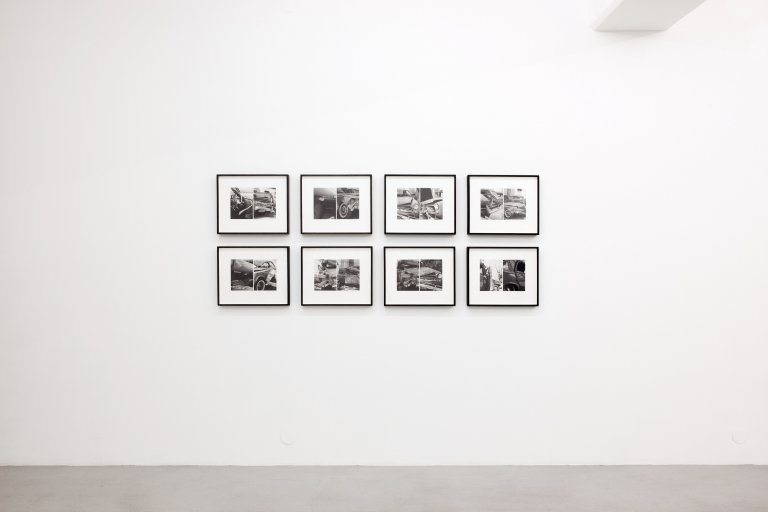
Theme and Variations, 2013, 8 monochrome engravings printed on Somerset 300 g, 44 x 36 cm each, Series #4 of 30
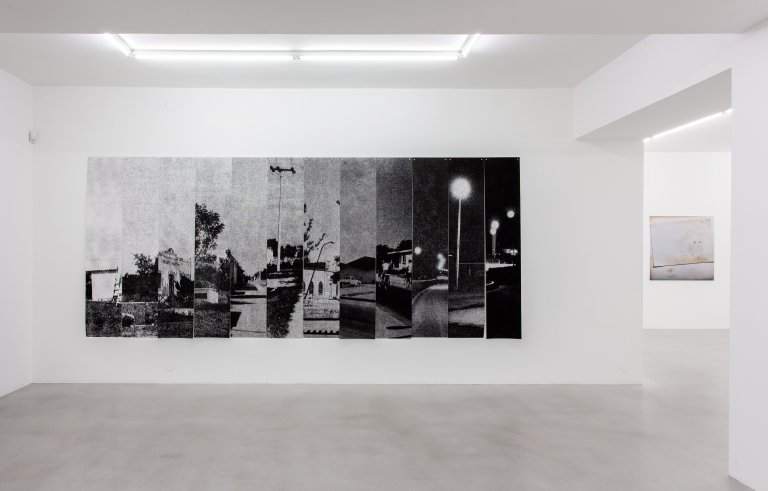
Long Day's Journey into Night, 2013, 12 b&w ink-jet prints on cotton paper, 200 x 40 cm each